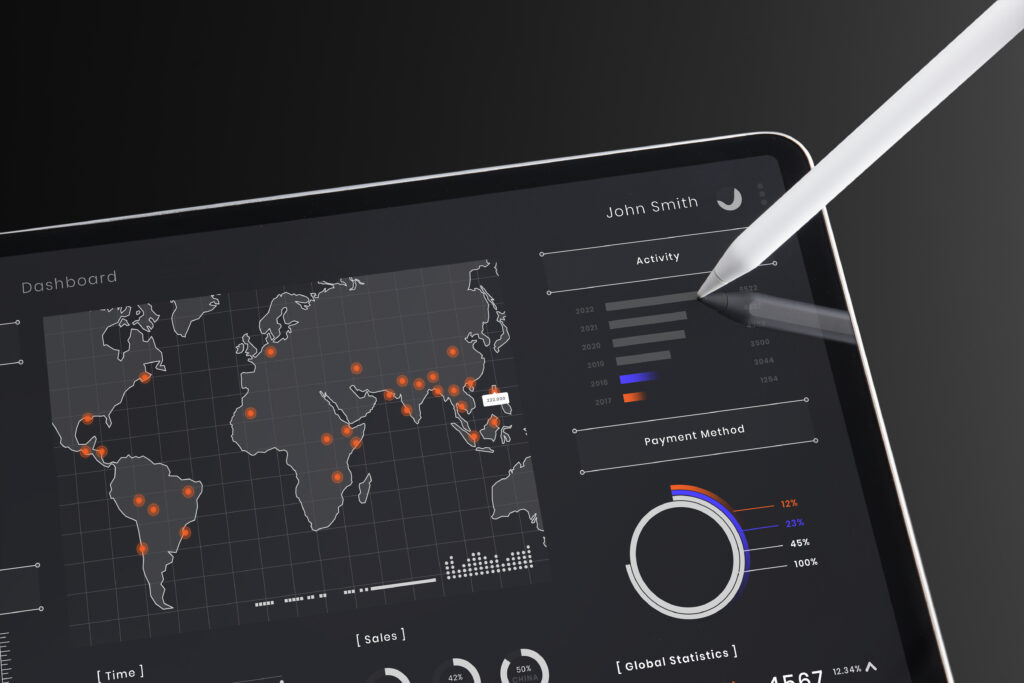Every workplace has them—those quirks you learn to work around. The lagging computer you reboot twice a day. The clunky software that only one person knows how to navigate. The printer that jams every other job. These issues are easy to normalize, until the realization sets in: outdated tech is costing you more than you think.
Not just in productivity, but in lost revenue, heightened security risks, and roadblocks to growth. The damage is real—and it’s probably happening under your nose.
Downtime: Death by a Thousand Interruptions
Let’s look at the numbers. Suppose each employee at your company loses just 10 minutes a day due to slow or unreliable technology. For a team of 50, that’s 2,500 minutes per week—over 40 hours of productivity lost, every single week. That’s an entire full-time employee’s worth of time gone—doing nothing but waiting.
Now add in:
-
Missed calls and delayed emails
-
Rescheduled client meetings
-
Workarounds that require double entry or manual correction
These lost minutes don’t just impact individual performance. They compound across departments, disrupting collaboration and delaying deliverables. And in service-driven industries, delays don’t just cost time—they cost trust.
Legacy Systems Are an Open Door to Attackers
Old tech is more than just inefficient—it’s vulnerable.
Legacy systems often go unsupported by vendors, meaning no more security updates, no compliance patches, and no compatibility with modern security tools. That creates easy targets for hackers. In fact, outdated systems were a major factor in over 60% of security breaches reported by small businesses last year, according to a Verizon Data Breach Investigations Report.
For example:
-
Unsupported operating systems like Windows 7 no longer receive critical updates
-
Old routers and switches often retain default admin credentials or lack modern encryption
-
Outdated browsers and plug-ins can be exploited with known malware
In addition, organizations bound by data regulations—like HIPAA, GDPR, or PCI-DSS—risk non-compliance when running obsolete infrastructure. That can result in hefty fines, or worse, the inability to recover from a breach.
Hidden Impact on Workforce Efficiency and Morale
While numbers tell one part of the story, the human toll of outdated tech is just as critical. Technology should enable your employees, not frustrate them.
When internal tools break down:
-
Employees create inefficient workarounds
-
IT staff gets bogged down with preventable issues
-
Teams experience friction in collaboration
This undermines morale, slows decision-making, and impacts job satisfaction. According to a study by Nexthink, 84% of employees feel that outdated technology makes their job more difficult, and 34% say it causes them to consider quitting.
Even small hiccups—like a laggy CRM or clunky video conferencing platform—can pull focus from client service, sales, and strategy.
Integration Headaches and Operational Silos
Modern business requires interconnectivity—between platforms, departments, and data. Outdated systems rarely integrate smoothly with newer platforms, forcing manual work or expensive middleware.
Consider:
-
A marketing platform that won’t sync with your sales CRM
-
Financial software that can’t auto-import from inventory systems
-
Shared documents that won’t load on mobile devices due to old file formats
These issues lead to operational silos where teams can’t easily share information. Productivity suffers, and decision-making slows. This lack of integration limits agility and responsiveness, which are vital in competitive markets.
For organizations looking to grow, this can be the silent anchor that holds them back.
When Scaling Meets a Wall of Obsolete Infrastructure
Growth shouldn’t strain your systems—it should be supported by them. Yet too often, outdated tech becomes a chokepoint.
Scaling is limited when:
-
Your server can’t handle increased data traffic
-
You can’t add users without performance drops
-
Your systems don’t support automation or cloud access
This forces growing companies to rely on workaround processes, often increasing error rates and delaying results. These inefficiencies create frustration and potentially drive customers elsewhere when expectations aren’t met.
Scalable systems should support—not constrain—your ambitions.
The Emotional and Cognitive Drain of Bad Tech
Poorly performing technology doesn’t just waste time. It affects how people feel about their work.
Daily tech frustrations can lead to:
-
Increased stress and job dissatisfaction
-
Feelings of helplessness among non-technical staff
-
Disengagement and low morale
Meanwhile, IT teams face burnout when constantly patching up issues rather than implementing improvements. Over time, this reactive posture leaves organizations stuck in survival mode—unable to innovate, plan, or evolve.
Why “If It Ain’t Broke” Is Costlier Than You Think
Many businesses hesitate to upgrade systems until something breaks. But what’s often overlooked is the accumulated cost of inaction.
Hidden costs of outdated tech include:
-
Higher energy bills from inefficient devices
-
Premium support fees for legacy software
-
Difficulty hiring top talent deterred by antiquated systems
Also consider the risk of catastrophic failure—like a server crashing with no backup plan or critical software becoming incompatible with newer operating systems. In such cases, the cost of downtime and emergency recovery can dwarf the expense of a proactive upgrade.
A Real-Life Wake-Up Call
A professional services firm using an outdated scheduling system faced issues during a routine calendar sync. The system crashed during a busy week, deleting appointment data for over 100 clients.
The result?
-
Dozens of missed meetings
-
Lost revenue from rescheduling delays
-
Three key clients who never returned
The firm had debated upgrading for over a year. The crash forced their hand—but only after tens of thousands in preventable losses.
What Smart Upgrades Really Look Like
Modernization doesn’t mean chasing every new tool. It means:
-
Prioritizing updates where risk is highest
-
Creating a roadmap to replace aging infrastructure
-
Migrating to cloud platforms that offer resilience and flexibility
Upgrades should be driven by strategic goals—not by panic. An IT audit can help you identify performance gaps and security risks, then budget wisely for phased improvements.
As outlined by the National Institute of Standards and Technology, integrating technology lifecycle management into your operations reduces both risk and long-term costs.
Why Managed IT Makes the Difference
A proactive IT partner doesn’t just keep the lights on—they keep you ahead of the curve.
With a managed IT provider like Certified CIO, you benefit from:
-
Proactive system monitoring
-
Scheduled upgrades and maintenance
-
Strategic planning aligned with your business goals
-
Immediate support when issues arise
Instead of constantly reacting, you operate with confidence—knowing your infrastructure is optimized, secure, and built to support future growth.
The Real Cost Isn’t Just Financial
Outdated tech is costing you more than you think—not just in dollars, but in missed opportunities, poor user experiences, and heightened risk.
But that’s the good news, too. Because once you identify the real cost, you can start to reclaim the value that’s been leaking out of your systems.
Whether you’re maintaining legacy platforms or preparing for future growth, now is the time to reevaluate what your tech is doing for you—and what it’s quietly taking away.





